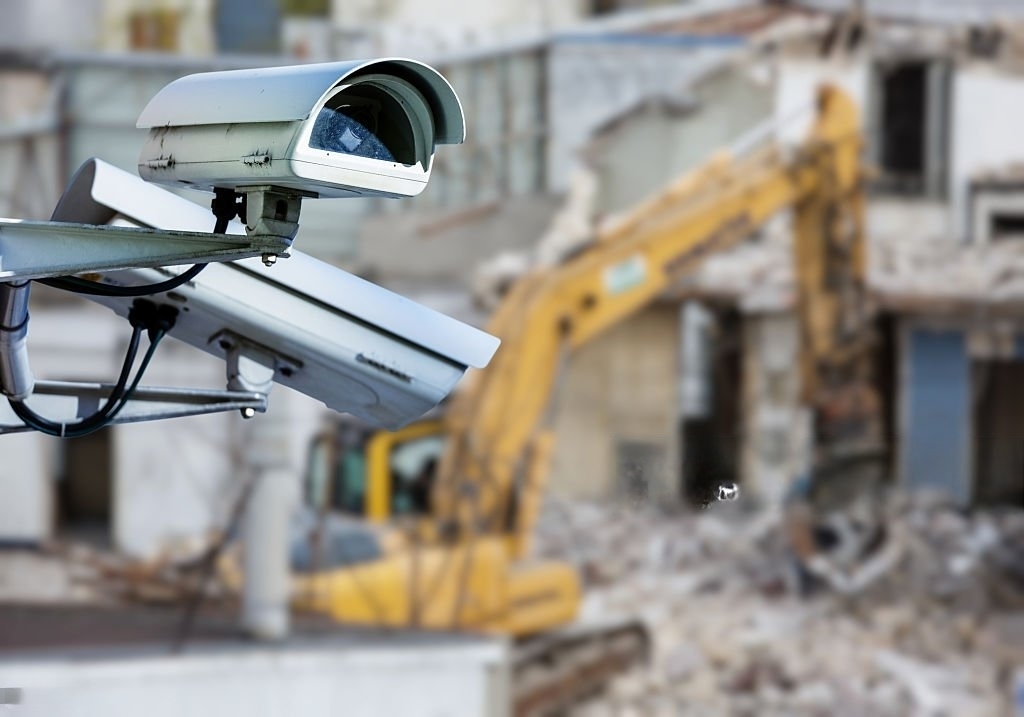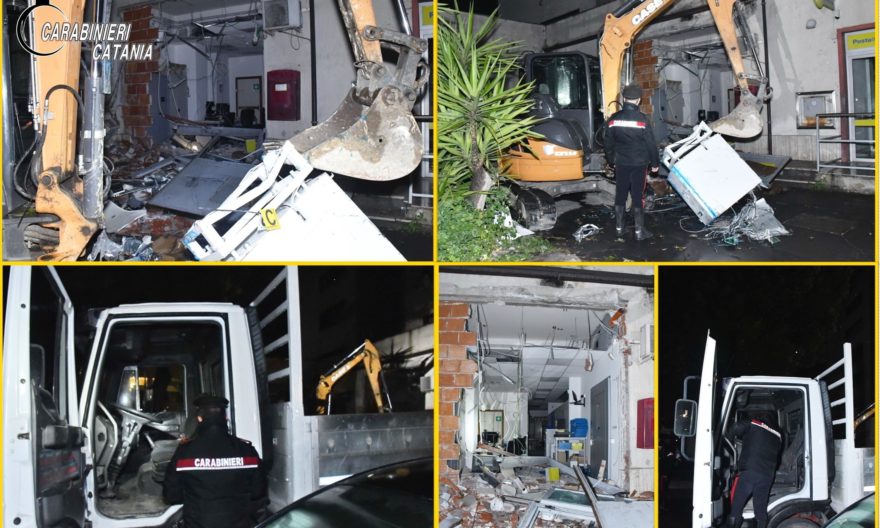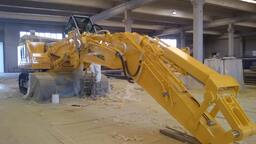
January 16, 2024
Construction machine thefts and how to prevent them.
#systems & services #spare parts #rental #safety and protection #construction site #construction & commercial vehicles #mobile machines #construction machinery and attachmentsConstruction equipment theft: how to prevent them
The theft of construction equipment remains a pressing issue and is becoming more and more an emergency. Criminals usually strike during the night to relocate the stolen assets to Eastern Europe and other markets where there is a hungry for innovation. Establish deterrents to minimize substantial damages becomes crucial.
A Global Issue
The plague of construction equipment theft is not confined to Italy. It is a pervasive issue across all European nations. Anyone could wake up one morning to discover the absence of their construction equipment.
Primarily orchestrated by Eastern European gangs—with occasional involvement of ambiguous local characters—the modus operandi remains the same. The thieves steal the machinery, conceal it temporarily to buy time for disabling satellite systems, altering chassis numbers, securing new registrations, and subsequently transport them often via trucks to destinations in the East such as Romania and Bulgaria.
Ferries serve also as escape route transporting vehicles to Russia, Africa, and the Middle East, where they find new owners and purposes. In some cases, the stolen vehicles are cannibalized, and their parts are resold globally, including within Italy. The criminal landscape targeting this industry seems to evolve with larger stolen vehicles finding direct domestic use in the lucrative spare parts market. According to Europol, the agency fighting international crime, recent reports highlight a significant rise in construction site equipment disappearances. Each theft of an earthmoving machine causes damage equivalent to the vehicle's value, ranging from 80 thousand to 300 thousand euros, disrupting the operation of the construction site where it is deployed. The magnitude of the issue becomes evident considering Italy boasts over five thousand construction equipment rental companies and generating an annual turnover of approximately 2.5 billion euros.

Little and big theft in the construction industry
In Italy, the statistics of theft include even a broader spectrum. Building materials, diesel fuel, hand tools, and photovoltaic panels are some of the targets. No province or region is immune to this pervasive issue. Areas experiencing heigh innovation are particularly attractive and become hotspots for the theft of cutting-edge machinery.
All tastes of theft
There isn't a specific brand or model that stands out as more prone to theft. Smaller to medium-sized vehicles face greater risks due to their ease of loading, making them appealing to illegal market.
From beginning 2023 there has been a significant increase in construction equipment theft. Larger equipment, once stolen, undergoes a process of cannibalization, contributing to an unofficial parallel market. dismantling facilities where stolen vehicles are harboured and dismantled has been discovered by law enforcement. There is a significant rise also in partial thefts, targeting components like buckets, loading shovels, and telehandler accessories, even when equipment is stationary at rental facilities.
Small equipment, power tools, generators, and various accessories are also a big issue, not only at construction sites but also within rental warehouses. Instances of replacing relatively new parts with worn-out tools upon the return of vehicles have been reported.
Demand for solutions supplementing traditional satellite systems is constantly growing with technologies such as dual GPS/GSM and Radiofrequency being explored to enhance the chances of vehicle recovery.
From patrols to microchips
Transition from patrols to microchips is the answer to this serious issue. It requires systematic cooperation among institutions and companies. In the event of thefts, businesses, especially rental companies, collaborate with police and institutions to track stolen equipment. Calls for implementing security plans for construction yard areas have also gained attention involving the establishment of a video surveillance network where construction companies act as allies to provide security and valuable information to the police.
Acknowledging the limitations of continuous police monitoring, building contractors and trade associations are urged to take on the responsibility of daily or nightly surveillance, particularly during the vulnerable nighttime hours when most thefts occur. Technological advancements, including hidden chips and sophisticated security systems, have proven efficiency in solving theft cases before the stolen machinery is shipped off.
While no security measure is foolproof against determined criminals, these technologies serve as deterrents. The adoption of such measures, alongside comprehensive insurance coverage, becomes fundamental in the ongoing effort to defend against theft and mitigate its impact. Various ways of theft from the straightforward act of driving away with the stolen vehicle to the more insidious machine-sequestration, highlight the need for a multichannel approach to security in the construction industry.
.jpeg?locale=en)
The most common ways of theft
The simplest one: thieves get on board, manage to start engine and disappear driving the vehicle, which is then loaded onto a trailer and transported away quickly. This means that the machine is not equipped with anti-theft systems. Particularly if the vehicle is not brand new there is no need to purchase sophisticated technology: sometimes it is enough to just blow a fuse.
Never make yourself an accomplice
Then there is the so-called “kidnap”. Local gangsters take possession of a construction vehicle and demand a ransom from the owner. Owners often prefer not to report and go along with the demand, to avoid further retaliation. And so there are those who have shelled out large sums of money to gain their vehicle back. Further to the economic damage it must be considered the damage to oneself and to the entire community. Those playing along with the kidnapper make themselves accomplices.

.jpeg?locale=en)
.jpeg?locale=en)

